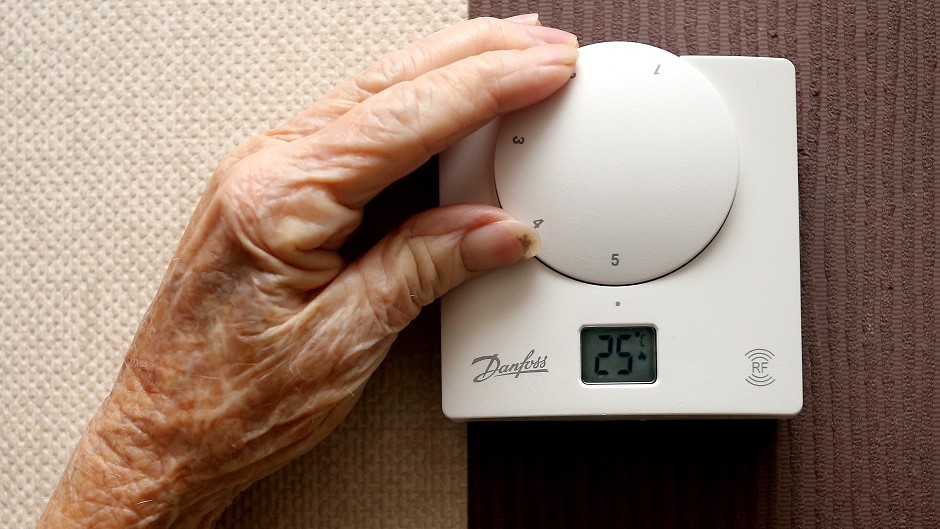Shocking new figures have revealed the winter death toll in the north-east soared last year to its highest level since 1999.
The official statistics show the mortality rate in the region almost doubled year-on-year – despite the mild weather.
Opposition parties are now demanding action from the Scottish Government amid fears the looming winter will be one of the coldest on record and could lead to even more fatalities.
The number of people who died in the north-east rose from 200 in 2013-14 to 430 in 2014-15 – an increase of 87%.
The death toll was greatest among the oldest residents, with 150 more deaths among those aged 85 or older in the north-east.
The Scottish Government’s chief medical officer attributed the rise to “a number of conditions” and a “growing number of elderly people living in Scotland with multiple health problems”.
But Scottish Liberal Democrat health spokesman Jim Hume said that the Scottish Government must do more to avert a potential crisis this winter.
The South Scotland MSP said: “This increase in the number of people passing away over the winter is clearly a significant concern.
“The NHS always comes under extra strain when the temperature starts to drop.
“We know that A&E targets have been missed and pressure on services will only increase in coming months.
“With predictions that this winter could be the coldest on record, SNP ministers need to ensure that our NHS staff get the support they need to keep people healthy, particularly older Scots who are vulnerable to winter infections.”
The winter mortality rate also rose in the Highlands, Shetland and Western Isles. It remained constant in Orkney.
Across the country, the winter mortality rate was the worst since 1999-00.
The Scottish Conservative’s demanded “a clear signal of intention” to ensure the “depressing reality” of winter mortality was reversed.
Tory health spokesman Jackson Carlaw said: “These figures send a strong, advance warning notice to the Scottish Government as we head into winter.
“It is not clear why last year’s relatively milder winter should have seen so many deaths and it would be irresponsible to indulge in rash speculation.
“However, what is fundamentally important is that ministers ensure that Scotland’s NHS is fit and ready to cope with whatever health emergencies arise this winter – to ensure that everyone gets the best possible advice and that emergency departments are properly resourced to respond effectively.
“We need a clear signal of intention that the objective of ministers and Scotland’s NHS is to see last year’s depressing reality reversed.”
Chief Medical Officer Catherine Calderwood said ensuring as many people as possible received the flu jab would help reduce the mortality rate.
She added: “These figures show that last winter was a challenging one with deaths being caused by a number of conditions including respiratory and circulatory diseases.
“We have also heard from NHS health boards of more, sicker, patients arriving at hospital, which possibly reflects the growing number of elderly people living in Scotland with multiple health problems.
“Winter mortality figures can fluctuate from year to year, with this year’s figure coming after a year when winter deaths were particularly low.
“It is reassuring that over a five-year period the seasonal increase in mortality in winter is at its second lowest level ever since records began.
“In addition, the latest hospital mortality figures, published earlier this year, show a drop of more than 15% since recording began in 2007.
“While the number of winter deaths is the total that occur throughout the community and are not specifically related to healthcare, it is crucial our NHS prepares thoroughly for the extra pressures winter clearly brings.
This is why our winter guidance for health boards was issued two months earlier this year compared to previous years, and additional investment of £10.7million will help ease pressure.
“This brings total investment by the Scottish Government for winter resilience to around £55million this year.”
